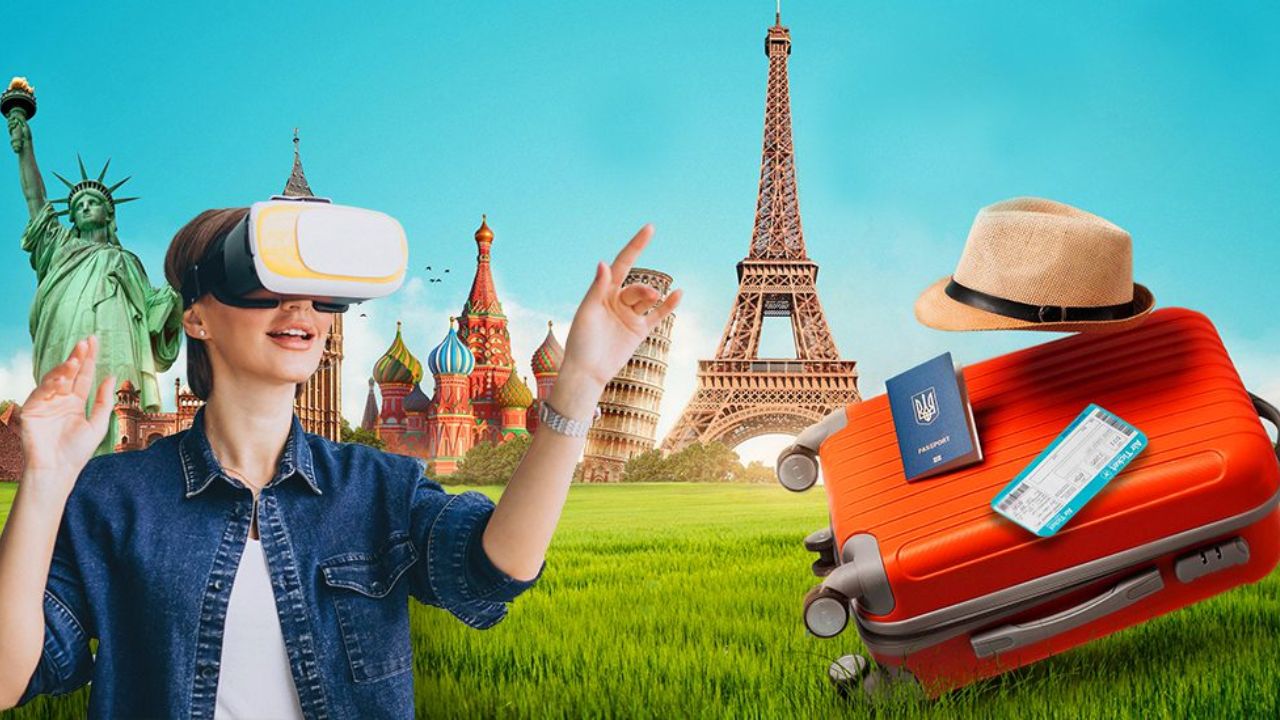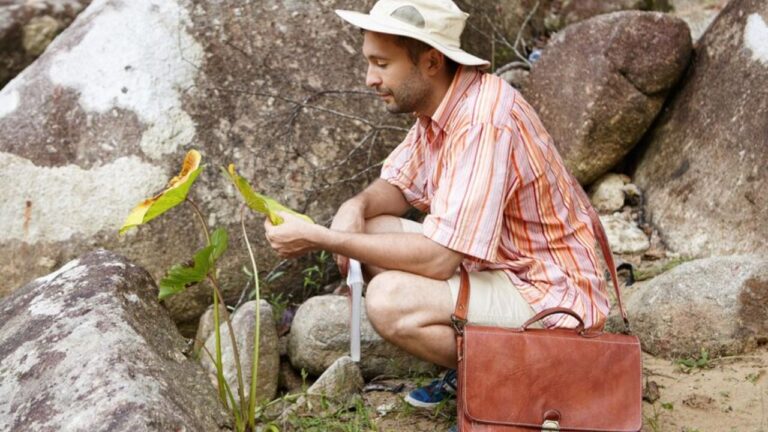How Travel Videos Are Enhancing Virtual Tourism Experiences
In a world where technology continues to redefine the way we connect and explore, virtual tourism is emerging as a transformative trend. It allows people to experience destinations, cultures, and adventures from the comfort of their homes. Central to this revolution are travel videos, which offer immersive and engaging glimpses of faraway places. With the help of modern tools like a travel video maker tool and advanced AI video apps, creating high-quality travel videos for virtual tourism has become more accessible than ever.
The Rise of Virtual Tourism
Virtual tourism has seen a significant rise, especially in recent years, due to advancements in technology and global challenges like travel restrictions. It offers a practical alternative for individuals who are unable to visit certain destinations due to financial, physical, or logistical limitations. With immersive travel videos, viewers can:
- Virtually explore iconic landmarks and hidden gems.
- Experience cultural events and traditions.
- Engage with visually rich storytelling that ignites wanderlust.
The Role of Travel Videos in Virtual Tourism
Travel videos serve as the backbone of virtual tourism experiences. They provide a sensory journey, combining stunning visuals, ambient sounds, and narratives that transport viewers to distant places. Here’s how they enhance virtual tourism:
1. Immersive Storytelling
A well-crafted travel video can tell a captivating story about a destination. Through scenic shots, local music, and engaging commentary, viewers feel as though they are part of the experience. Using a travel video maker tool, creators can seamlessly blend these elements into a cohesive narrative that brings destinations to life.
2. Accessibility to Diverse Destinations
Not everyone can visit remote or less-traveled destinations. Travel videos make these places accessible, showcasing their beauty and uniqueness. For example, a video of the Northern Lights or the Amazon rainforest allows audiences to witness natural wonders they may never see in person.
3. Cultural Preservation and Sharing
Travel videos capture and preserve cultural heritage, traditions, and local customs. This is particularly valuable in virtual tourism, as it enables people from different parts of the world to connect and learn about diverse cultures.
4. Interactive Experiences
Some advanced travel videos, created with the help of AI video apps, offer interactive features like 360-degree views and virtual reality compatibility. These features deepen the viewer’s connection with the content, making the virtual experience more engaging and memorable.
How AI is Revolutionizing Travel Video Creation
Traditional video production can be time-consuming and resource-intensive. However, AI-powered tools are changing the game, enabling creators to produce professional-quality videos quickly and affordably.
1. Automation for Efficiency
An AI video app automates tasks like editing, adding transitions, and syncing background music. This allows travel content creators to focus on storytelling rather than spending hours on technical details.
2. Enhancing Video Quality
AI tools improve video quality by adjusting lighting, stabilizing footage, and enhancing colors. This ensures that travel videos are visually stunning and immersive.
3. Customization and Personalization
AI-powered video tools offer customizable templates and features, enabling creators to tailor videos to specific audiences or themes. For example, a travel agency can create videos that highlight family-friendly attractions or luxury getaways.
4. Multilingual Capabilities
To cater to global audiences, AI tools can generate subtitles or voiceovers in multiple languages, making travel videos more inclusive and accessible.
Applications of Travel Videos in Virtual Tourism
1. Destination Showcases
Tourism boards and travel agencies use travel videos to promote destinations, highlighting key attractions, accommodations, and activities.
2. Educational Content
Schools and educational platforms incorporate travel videos into virtual field trips, providing students with an enriching learning experience.
3. Event Previews
Travel videos are used to preview events such as festivals, parades, and cultural celebrations, enticing virtual tourists to participate in real-time or in-person when possible.
4. Real Estate Virtual Tours
In the hospitality sector, hotels and resorts use travel videos to offer virtual tours of their properties, helping potential guests make informed booking decisions.
Creating Travel Videos for Virtual Tourism
- Start with a Strong Script: A compelling script ensures the video is engaging and informative.
- Use High-Quality Footage: Incorporate professional footage captured with drones or high-resolution cameras.
- Leverage AI Tools: Utilize a travel video maker tool to simplify editing and enhance production quality.
- Add Immersive Elements: Include music, voiceovers, and animations to create a multisensory experience.
- Optimize for Platforms: Tailor videos for social media, websites, or virtual reality platforms to maximize their impact.
The Future of Virtual Tourism with Travel Videos
As technology evolves, travel videos will continue to play a pivotal role in virtual tourism. Features like AI-generated animations, augmented reality integrations, and real-time interactive experiences will make virtual tourism more immersive than ever.
Conclusion
Travel videos are revolutionizing how people explore the world, enabling immersive virtual tourism experiences that inspire and educate. Tools like a travel video maker tool and AI video apps empower creators to produce high-quality content that captivates audiences and bridges the gap between imagination and reality.
For businesses and creators looking to embrace the future of tourism, investing in travel video production is not just an option—it’s a necessity. With the right tools and creativity, virtual tourism can transform how the world discovers and connects with new destinations.





